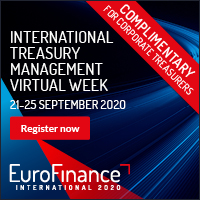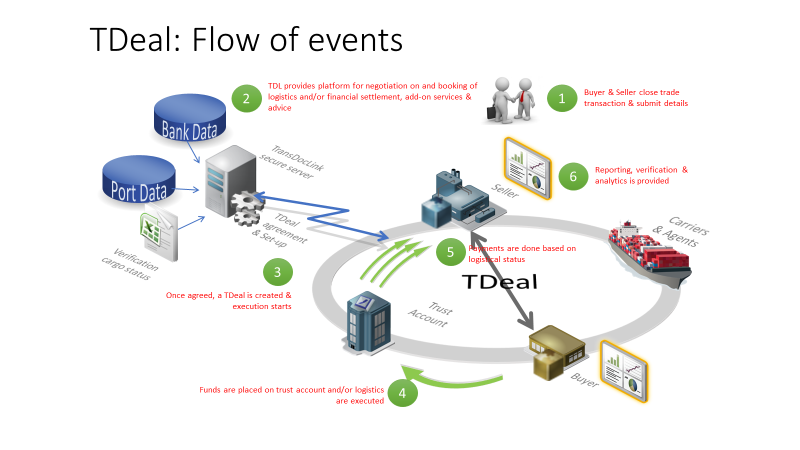Global Treasury Americas | Planning the post-pandemic Treasury
| 12-05-2021 | Eurofinance | treasuryXL |
The leading virtual event defining today’s corporate treasury agenda
For the past year, treasurers have sweated the core stuff: securing short-term liquidity and longer-term credit; enhancing risk monitoring and hedging processes; and dealing with the implications of remote working. But in the complex and uncertain transition to a new ‘normal’, finance functions will have to resume the search for growth. Can treasury help identify where growth is most likely to come from and which parts of the business are most threatened by digital disruption? And can they do better – can they help build the business strategies needed to prosper as we emerge into the next phase of the pandemic.
This event will explore the practical steps treasurers can take to make enterprise and treasury digitalization a reality and look at varied case studies of transformation in the treasury. The event will look in-depth at new technologies in action as well as more strategic concepts including the sustainability agenda. We look at how treasury can make a difference. Finally, we look at what it takes to transform treasury wherever you are in your journey in order to increase efficiencies, protect the business and make a difference to the bottom-line.
Global Treasury Americas: Planning the post-pandemic treasury
2 days of actionable insights, plus real world case studies tackling the key issues facing treasurers in the region. Topics include:
- The Great Bounce-back
- Practical steps on the path to automated Treasury
- Why sustainability matters for Treasury
- Name that threat: What’s next
- Building a true cash culture
- Payments evolution – the Treasurer’s view
What makes Global Treasury Americas your must-attend event of the year?
- Understand the practical steps towards making enterprise and treasury digitalization a reality
- Gain actionable solutions and best practices from varied real-world case studies
- Network with an unrivalled audience of 800+ senior treasury professionals across the Americas
- Benchmark your operations against the regions most forward-thinking treasury teams
- Explore how to support business growth whilst balancing the traditional role of treasury
June 9-10 | Virtual
Register Now












